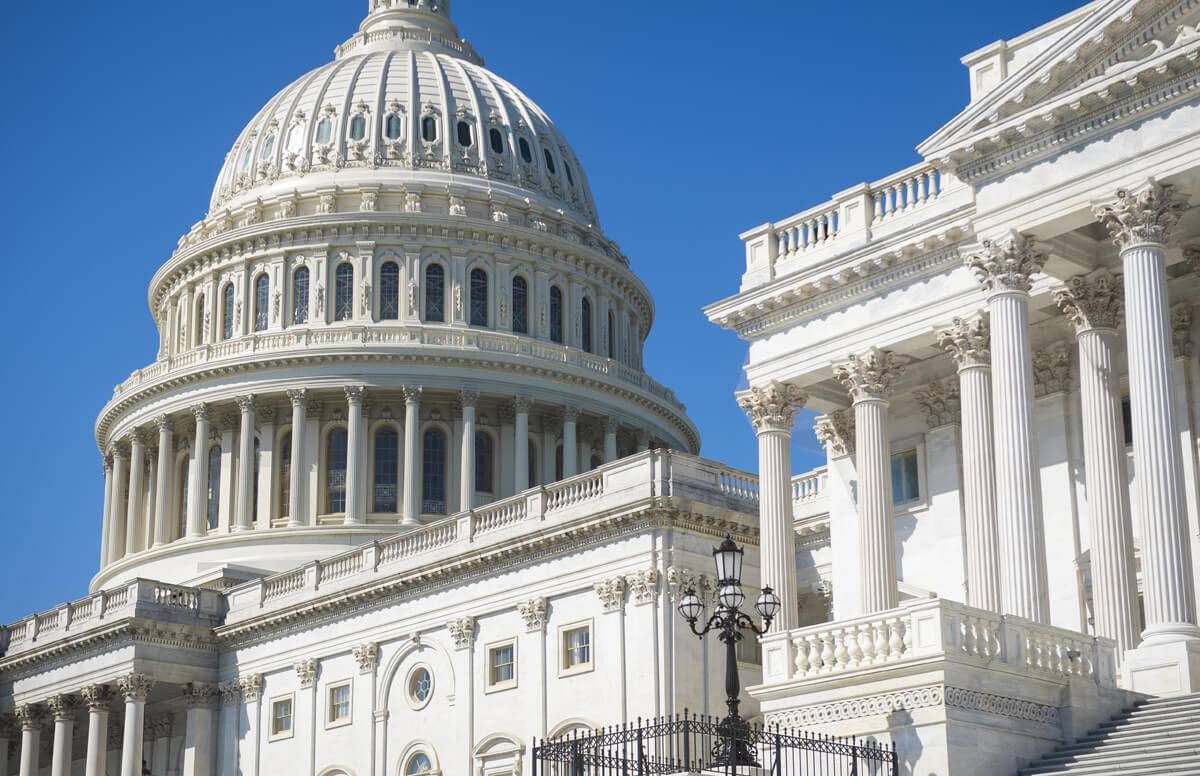Will the SECURE Act Really Bring Retirement Security to Older Americans?
What this bipartisan legislation would do to help workers save
(The U.S. House of Representatives passed the SECURE Act on Thursday, May 23, 2019, in a bipartisan manner. Below is the April 2019 article about the legislation.)

For millions of older Americans, the retirement years are far from “golden.” One in three retirees have no money left at the end of the month and must dip into their dwindling savings to pay monthly bills. Record numbers are declaring personal bankruptcy, an unfortunate consequence of lean retirement savings, meager (or no) pensions, unmanageable out-of-pocket medical expenses and lingering debts like mortgages and their children’s college loans.
For the 75 million boomers marching into old age and the Generation X cohort that follows, the future looks even bleaker. One in five working-age Americans has no savings, and another 10% have squirreled away less than $5,000 for retirement.
Coming Soon: Landmark Retirement Legislation?
The retirement income crisis has spurred Congress into action; both the House and Senate introduced bills earlier this month which would provide U.S. workers with expanded opportunities to participate in employer-provided retirement plans.
The House Ways and Means Committee unanimously passed a bipartisan bill, the SECURE Act. Shorthand for “Setting Every Community Up for Retirement Enhancement,” the bill incorporates measures from the Senate bill RESA (Retirement Enhancement and Savings Act of 2019); together they are the most sweeping retirement legislation since the Pension Protection Act in 2006.
4 Key Parts of the SECURE Act
The SECURE Act is complex, but four core components may boost Americans’ retirement security.
First, retirees could take required minimum distributions (RMDs) from traditional IRAs and 401(k)s starting at age 72, up from age 70 ½ (last September, President Trump asked the Treasury Department to examine pushing back this age). Workers also could contribute to their IRAs past age 70, the current limit. The rationale for these provisions is that Americans are living and working longer and shouldn’t have to stop contributing or be forced to withdraw money before they need it, simply due to their age.
Second, the top limit for automatic escalations of 401(k) contributions could be 15% of pay, up from 10% now. That would let some workers rev up their retirement savings.
Third, small businesses could band together to start multi-employer 401(k)s and receive tax credits for setting up automatic enrollment plans.
Fourth, part-time workers would be eligible for retirement benefits, provided they’ve worked at least 1,000 hours in one year (the equivalent of roughly 25 weeks full-time) or at least 500 hours for three consecutive years.
Who Would Be Helped
Beltway insiders say the SECURE Act is on track to become law. So, will it provide financial security to boomers and Generation X in their retirement years? The answer is yes and no. Those in good health, with stable well-paying jobs and a modest financial cushion are most likely to benefit. Unhealthy workers, those with sporadic employment and workers living paycheck to paycheck are less likely to be winners.
The opportunity to contribute to one’s retirement plan past age 70 benefits those fortunate enough to live and work into their 70s and beyond. Lower-income Americans, especially those with physically taxing jobs tend to have shorter lives and exit the labor market in their 60s or younger due to health problems that are incompatible with the demands of jobs like construction or waitressing. Stretching out the time in which they could invest and draw benefits may provide only modest or short-lived financial boosts.
The opportunity to contribute up to 15% of a paycheck to a 401(k) or participate in the workplace retirement plan set up by your small employer also may be especially appealing to workers who have the financial wherewithal to sock away money for retirement. Lower-income workers with more immediate and pressing financial concerns, however, might not contribute to their 401(k) as much or as often as needed to amass a secure nest egg.
That’s a key reason why lower-income workers are just half as likely as higher-income workers to take advantage of retirement plans when they’re offered. And the future value of your retirement accounts depends both on fluctuations of the market and your investment savvy. A misguided investment decision can strike a cruel blow to a worker’s financial future.
The most promising aspect of the SECURE Act is employer-sponsored retirement plans for part-time and temporary workers. More than 27 million Americans are part-time workers, many of whom are women caring for children or aging parents and retirees who returned to work out of financial necessity. Yet for these part-time workers, participating in an employer-provided retirement plan may make sense only if they have the financial cushion, future orientation and investment savvy that make such an option viable and appealing.
What Else Could Help Workers Save for Retirement
Automatic enrollment may be the key; economists have found that this approach is critical in encouraging savings, even among those who live paycheck to paycheck.
Setting contributions to a default rate as low as 3%, with the opportunity to opt out or increase contributions may be especially helpful to lower-income workers.
More aggressive programs like a savings credit or a federal match for retirement savings accounts may ultimately be more effective ways to help the most financially precarious Americans achieve some financial security in their later years, though.

